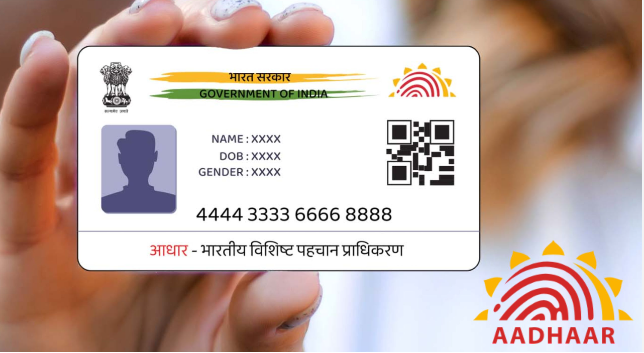Aadhaar Card
Aadhaar is a 12-digit unique identification number issued by the Unique Identification Authority of India (UIDAI) to the residents of India. It is the world’s largest biometric ID system, with over 1.3 billion enrolled members as of 2021. The Aadhaar card serves as proof of identity and address, and is used for various purposes, including accessing government services, opening bank accounts, and obtaining mobile phone connections. It is not a proof of citizenship.
Background and History
The Aadhaar project was conceived in 2006 by the Planning Commission of India as a way to provide a unique identity to every resident of the country, especially those who lacked formal identification documents. The project was formally launched in 2009, with the creation of the UIDAI, a statutory authority under the Ministry of Electronics and Information Technology.
The first Aadhaar card was issued on September 29, 2010, to a resident of Nandurbar, Maharashtra. Since then, the enrollment process has been carried out across the country, with the government setting up a network of enrollment centers and partnering with public and private sector entities to reach out to the population.
Enrollment Process
To enroll for an Aadhaar card, a resident needs to provide their demographic and biometric information, which includes:
- Name
- Date of Birth
- Gender
- Address
- Fingerprints
- Iris scans
- Facial photograph
The enrollment process is free of cost and can be done at any authorized Aadhaar enrollment center. The data collected during enrollment is encrypted and stored in a centralized database, which is managed by the UIDAI.
Features and Benefits
The Aadhaar card has several features and benefits that make it a valuable document for residents of India:
- Unique Identity: The 12-digit Aadhaar number is unique to each individual and is based on their biometric and demographic data, making it a secure and reliable form of identification.
- Acceptance: Aadhaar is widely accepted as a proof of identity and address by various government and private sector entities, including banks, telecom companies, and e-commerce platforms.
- Digital Identity: Aadhaar enables residents to establish a digital identity, which can be used for various online transactions and services, such as e-KYC (Know Your Customer) and digital signatures.
- Financial Inclusion: Aadhaar has played a significant role in promoting financial inclusion in India, by enabling residents to open bank accounts and access financial services with ease.
- Government Benefits: Aadhaar is used to distribute various government benefits and subsidies directly to the beneficiaries’ bank accounts, reducing leakages and improving transparency.
Aadhaar-Enabled Services
Aadhaar has paved the way for several innovative services that leverage its unique identity and authentication capabilities:
- Direct Benefit Transfer (DBT): Aadhaar-linked bank accounts enable the government to transfer benefits and subsidies directly to the beneficiaries, eliminating intermediaries and reducing corruption.
- e-KYC: Aadhaar-based e-KYC allows businesses to verify the identity of their customers electronically, reducing paperwork and improving the onboarding process.
- Digital Locker: Aadhaar-enabled digital locker allows residents to store and share their important documents securely online, reducing the need for physical copies.
- Aadhaar Enabled Payment System (AEPS): AEPS enables residents to perform basic banking transactions, such as cash withdrawals and balance inquiries, using their Aadhaar number and biometric authentication.
Legal Framework and Controversies
The Aadhaar project has been supported by a legal framework, which includes the Aadhaar (Targeted Delivery of Financial and Other Subsidies, Benefits and Services) Act, 2016. The Act provides for the establishment of the UIDAI and regulates the enrollment and authentication processes.
However, the Aadhaar project has also been the subject of several controversies and legal challenges, primarily related to privacy concerns and the potential misuse of personal data. In a landmark judgment in 2018, the Supreme Court of India upheld the constitutional validity of Aadhaar, while striking down some of its provisions and limiting its use by private entities.
Following the judgment, the government has taken steps to strengthen the data protection and privacy framework around Aadhaar, including the introduction of the Personal Data Protection Bill, 2019, which seeks to regulate the collection, use, and storage of personal data by public and private entities.


